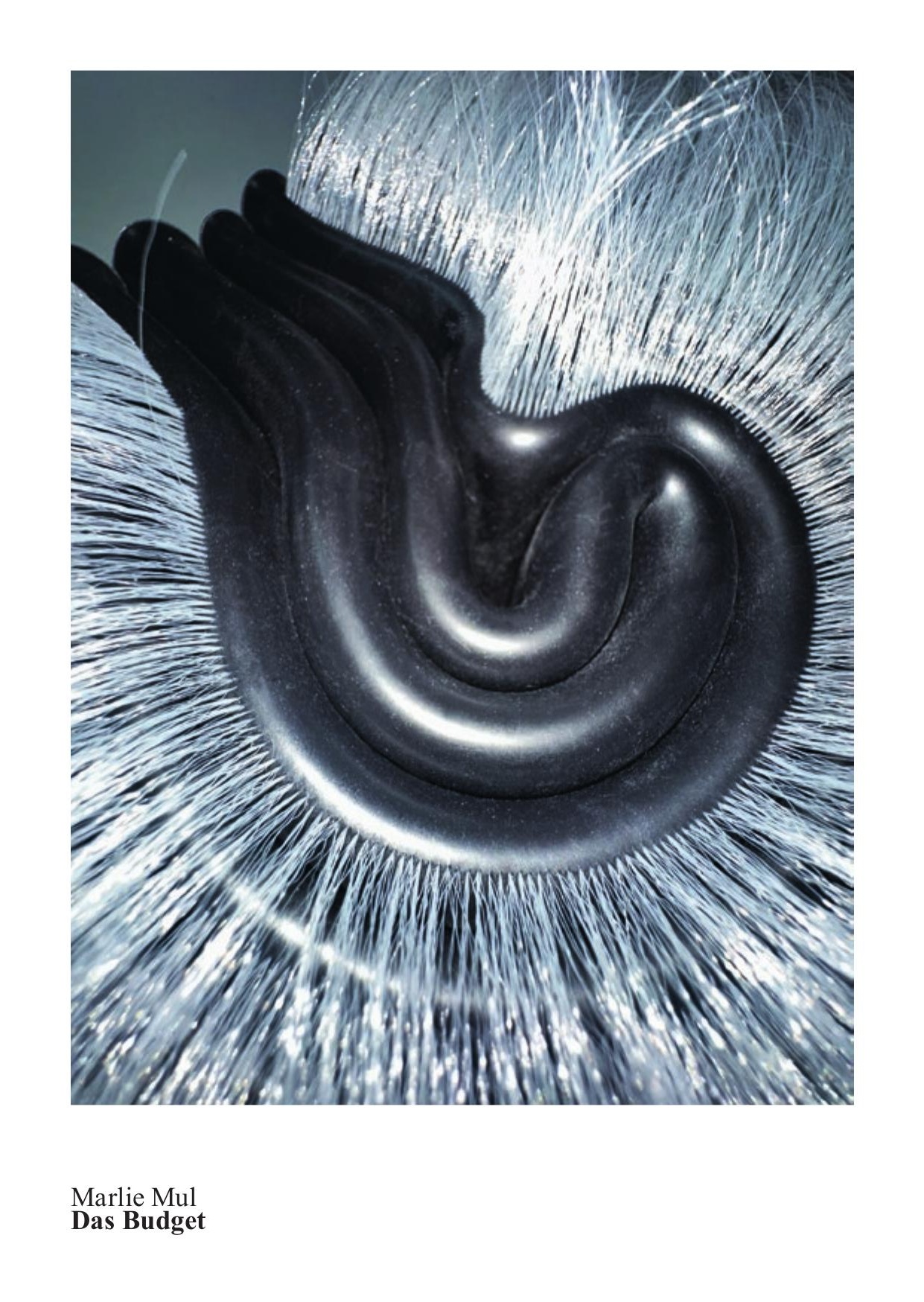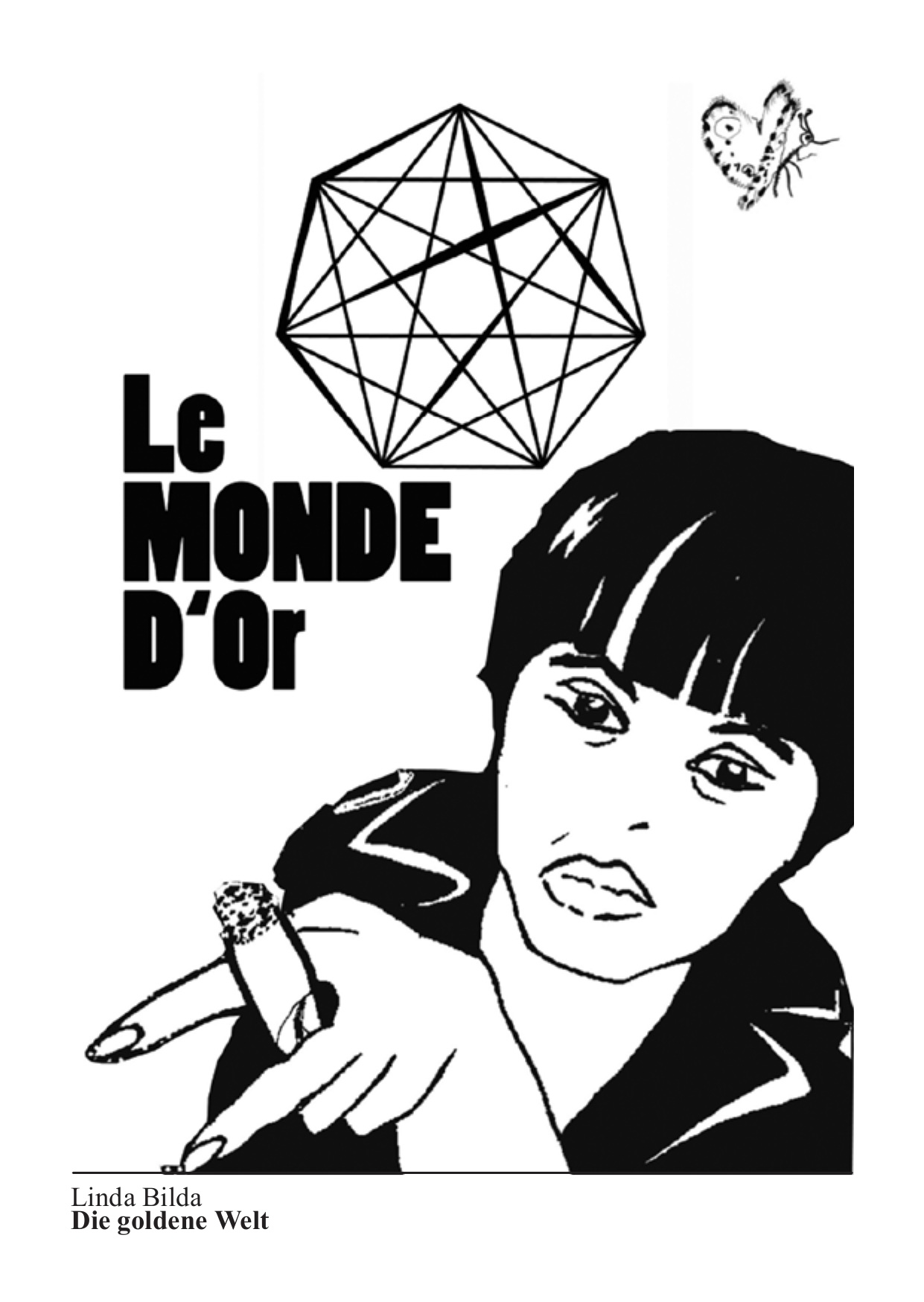7.4. – 10.6.2001
Knut Asdam
In 1999 for the Nordic Pavilion at the Biennale in Venice Knut Åsdam built two dark, modernistic architectural structures in glass suggestive of the 60’s concept of light openness. One of the two areas provided the cinematic atmosphere as backdrop for a film produced by Eija-Liisa Ahtila. In the second, Knut Åsdam created a park reminiscent of public green belts in its structure and landscaping. Knut Åsdam’s park could only be visited by the public during the day, although within the structure it was actually night, since the artist had blacked out the windows with light-filtering panels. The visitors could look out, but nobody could look in. At night the park transformed itself into the opposite – the plants grew under daylight lamps, and the pavilion displayed the park as an inaccessible representation of a garden.
A visit to the park during opening hours provided the visitor with the experience that in all probability everyone has had while walking in urban communal areas at night: Darkness alters both the perception of space and the encounters with the objects filling these areas thus resulting in a finely tuned physical experience; the individual’s limited sense of sight and the decreased visibility of one’s own self creates an ambivalent concurrence of release from social conventions and unavoidable surveillance, of unfettered imaginary worlds; at the same time, however, it gives rise to an awareness of latent danger.
With architectonic installations, texts, photographs, sound and video compositions, the Norwegian artist, born in 1968 and currently residing in New York, investigates the relationship between the subject and the surroundings affecting our experience. In doing so, he embraces a wide variety of references ranging from architecture to philosophy, politics, psychology, club culture, and sexuality. The encounter with skyscraper architecture and its mirrored facades, distorting and blurring the image not only of the subject but of the architecture itself in multitudinous reflections; the dark locales characteristic of the club culture, and the increasing trend in the use of hallucinatory drugs resurrected in the ‘90’s, he elucidates in the sense of an atmospheric change within a societal actuality, whose prescribed conventions and role assignments denote a “blurriness”, thus generating the search for and acceptance of a departure from existing identification patterns.
In the titles of his works, Knut Åsdam repeatedly refers to the concept of “psychasthenia” coined by Roger Callois in the 1930’s. Using “psychasthenia”, Callois correlates the phenomenon of camouflage in insects with a type of schizophrenic experience, whereby the perception of the distinction between the in-body experience and the surrounding space is suspended. Callois draws the analogy between the foregoing experience and the experience of dark spaces: “In the dark, space is filled, it touches the individual, surrounds it, penetrates it, even permeates it...Darkness facilitates the loss of subjectivity, one is not clearly recognizable, which in turn allows a certain degree of freedom; but on the other hand, one can no longer see clearly, consequently the surroundings acquire a more acute level of subjectivity.”(Åsdam)
For this reason, the artist frequently utilizes darkness to illustrate the problematic in the relationship between personality and space in everyday reality. “In dark spaces, everyone becomes a part of his or her own story and imagination while concurrently becoming a part of the story and imagination of others.” In his spatial installations, where one can view videos and texts or listen to music, he creates a shadow version of the encounter with contemporary spaces, the aesthetics of which transport unawareness, thereby reversing the loss of subjectivity. Diverging from the abstract precepts of minimalist art, Dan Graham as case in point, Åsdam’s works are infused with the transformation of unawareness and emotional subjectivity. His spaces are structural as well as narrative involving the texts contained therein regarding the positioning of the individual and the restructuring of subjectivity.
In the Glarus Art Museum, Knut Åsdam is exhibiting two rooms containing texts and video productions. In the flanking conservatory, he interprets his work produced in Venice Psychasthenia: The Care of the Self with specific allusion to the museum’s surrounding park area. In the upper conservatory, the available space doubles as a video presentation room and an octagonal clubroom, where he presents two new video productions.

















